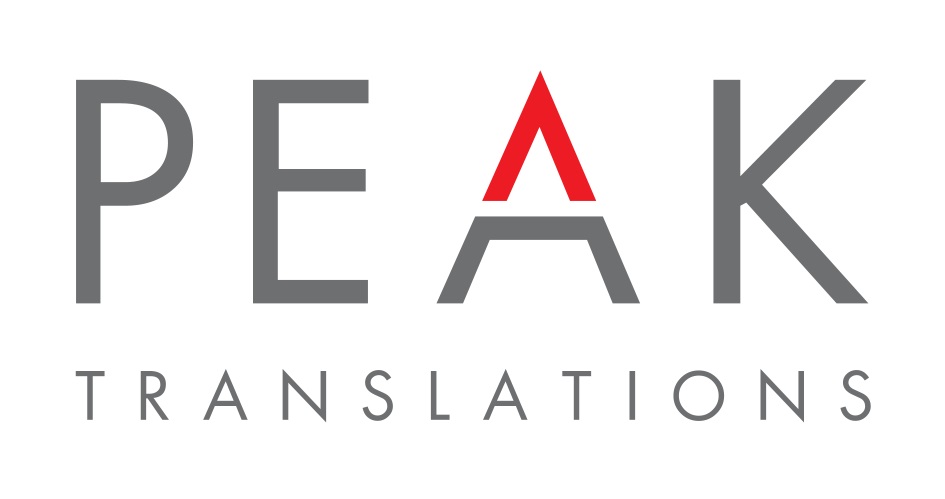 Add My Company
Add My Company
3 routes to your overseas markets

One of the key elements to ensuring success in overseas markets is to approach them in the right way. There are many different ways to approach markets, all of which have varying levels of involvement, cost and resources. Following on from the information provided in our “Which approach works best for you?” webinar, here I’m going to look at just a few examples and the requirements for each in terms of how you communicate with your target audience:
- The Remote Approach
Many companies who are starting out on their export journey access their chosen markets remotely. They will usually have an online presence through their website and social media campaigns, backed up by the UK-based support team. This approach gives companies the opportunity to dip their toe in their overseas markets without incurring the cost of establishing a physical presence.
The considerations in terms of communicating with the target audience would include:
- website in the target market language : this doesn’t need to be a complete replica of the English version; translating just the relevant pages or new content specific to the target market would be more cost effective and should ensure a greater return on investment. Investment in foreign language SEO for the website would also be worthwhile to ensure the website can be found by your potential customers.
- customer service: once you have a presence in the foreign market place and enquiries or orders start coming through, you will need to consider how you communicate with your new customers; will you revert to English assuming they are happy with that, or perhaps have a series of email/letter templates in the foreign language that can be used. Maybe if you are targeting one specific market, taking on a new staff member who can speak the language would be appropriate.
- The Representative
The next approach would be to look at engaging a trading partner in your target market, such as an agent or distributor. This would still keep set-up costs low but would impact on profit margins and pricing. However, as long as you choose your partner wisely, the agent or distributor should have some good contacts in the market which would hopefully ensure more reliable returns on your investment. They will also be able to deal directly with the customer base in the target market language and handle orders, enquiries and after sales.
Aspects relating to communication would include:
- negotiations with your partner: before entering into any agreement with a potential agent or distributor, you will need to ensure they fully understand what is expected of them and vice versa. You may need to consider providing the contract in their native language or employing an interpreter to assist in negotiations.
- website and marketing materials: responsibility for this is often negotiated with the agent or distributor and although it may seem more cost effective to get your partner to provide the foreign language materials, there are two significant points that need to be taken into account. The first is that whilst they are busy writing foreign language text, your agents or distributors are not busy selling your products, so you need to weigh up which is better use of their time, but secondly, and perhaps more importantly, you need to ensure you maintain control of your brand and how you are positioned in the market place.
- In-market presence
This approach represents the greatest investment and commitment to an overseas market and involves setting up a physical presence in the target country. Native speakers in the target market are likely to be employed and therefore can handle communication with customers.
As such, the issues for communication to be considered would include:
- contracts, legal and HR issues: the focus shifts away from communicating with customers to communicating with employees with this approach. You will need to ensure all staff understand their role and responsibilities, as well as having a good understanding of the company values.
- website and marketing materials: this may still be a responsibility of the UK head office, depending on the type of presence you decide to have in the foreign market, or responsibility could shift to an in-country marketing department.
Whichever approach you decide to take and whichever stage of the journey you are at, if you invest in talking to people, whether they are customers, staff or representatives, in their native languages, the returns in terms of sales, understanding, loyalty and trust will be much greater.
Helen Provart, MD
For more information on 3 routes to your overseas markets talk to Peak Translations Ltd

